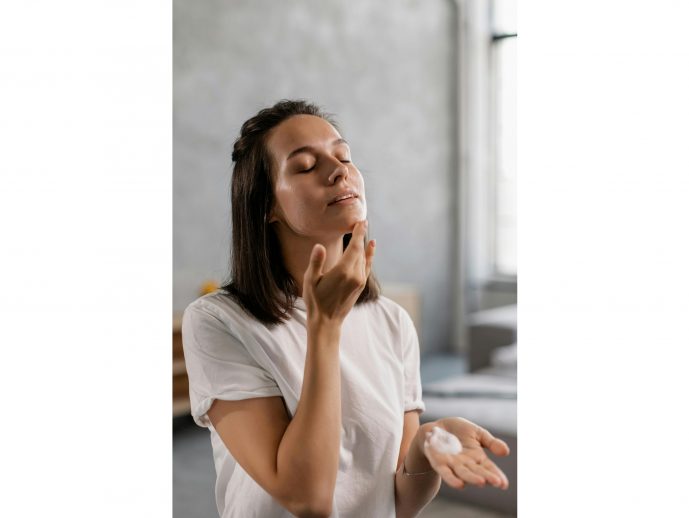Categories more
- Adventures (17)
- Arts / Collectables (15)
- Automotive (37)
- Aviation (11)
- Bath, Body, & Health (77)
- Children (6)
- Cigars / Spirits (32)
- Cuisine (16)
- Design/Architecture (22)
- Electronics (13)
- Entertainment (4)
- Event Planning (5)
- Fashion (46)
- Finance (9)
- Gifts / Misc (6)
- Home Decor (45)
- Jewelry (41)
- Pets (3)
- Philanthropy (1)
- Real Estate (16)
- Services (23)
- Sports / Golf (14)
- Vacation / Travel (60)
- Watches / Pens (15)
- Wines / Vines (24)
- Yachting / Boating (17)
Are high-end face creams worth the money?
Published
10/14/2025The skincare aisle can often feel intimidating, with varying price points and claims, each more extreme than the last one. You can find a moisturiser as cheap as a takeaway coffee or you can spend a pretty penny on a luxury pot of cream. But, does more expensive always mean superior?
What justifies the price tag?
When luxury skincare products live up to their promises, there are legitimate reasons behind their higher costs. This includes top-notch formulations that contain concentrated active ingredients - ones that have been extensively researched and clinically tested. Such ingredients might include retinoids, vitamins, peptides, hyaluronic acid, botanical extracts and other. Sourcing them from good, sustainable sources is not always simple, depending on how scarce or difficult to produce the ingredient is. Naturally, the higher the concentration, the more pricey the face serum will be.
Furthermore, there is a lot of behind-the-scenes involved in the development of a high-quality cream. Reputable manufacturers invest significant amounts in R&D (Research and Development) costs to ensure that formulations are both effective and safe for long-term use. The best anti-wrinkle cream might undergo years of testing before reaching consumers. It’s not as simple as mixing up some ingredients either, as the product needs to have a good shelf-life, with active ingredients remaining stable over time.
Misleading marketing
However, you simply cannot assume that just because a cream has a higher price point, it’s definitely rich with quality ingredients. The luxury beauty industry is, unfortunately, full of products that create demand through nothing other than elegant packaging and aspirational marketing campaigns. Sometimes, you’re paying predominantly for the privilege of owning a prestigious or something endorsed by a celebrity, rather than for revolutionary ingredients and proven results.
Some luxury self-care products contain similar ingredients to their more affordable competitors, just dressed up in more sophisticated packaging with huge profit margins behind them. The fragrance and texture may feel more refined, but the actual effectiveness of the product could be no different. Many of such brands rely heavily on a sense of exclusivity, which makes them look superior, despite no actual evidence.
How to tell the difference?
The only way to find out whether a premium cream is worth the money is through research. Always look beyond the claims on the packaging and, instead, examine the ingredients as well as read customer reviews.
Remember that ingredients are typically listed in order of their amounts in the product, meaning if you see an important active ingredient right at the bottom, chances are - it is only there to make a claim, not a real difference. If you’re still not sure, there are helpful apps, such as Yuka, that tell you about harmful ingredients upon scanning the packaging.
Moreover, if the brand has nothing to hide, they will clearly state what studies have been done on the cream to support their claims. If you can’t find any of this information on their website and the customer service is refusing to provide it, that is a major red flag.
The bottom line
Just like you can easily overpay for a “luxury” shirt made out of cheap, unsustainable fabrics, you can waste money on high-end skincare with false claims. However, a few bad apples don’t spoil the bunch, as there are many brands that create top-quality products that provide real results.















